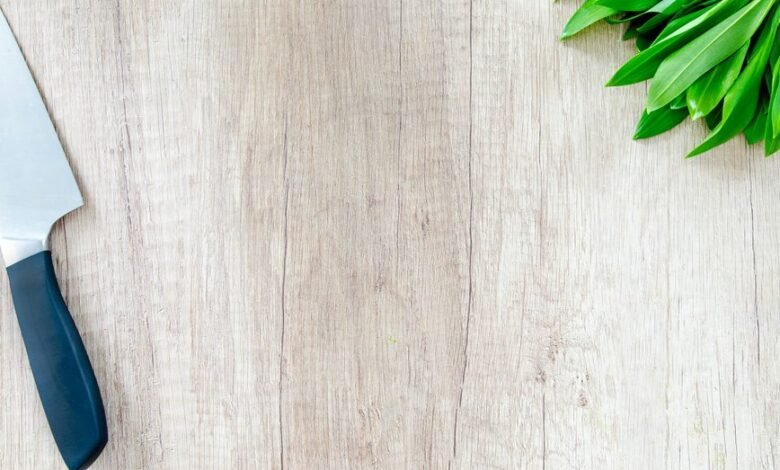Best Type of Wood for Cutting Board : Chef-Recommended Options

Choosing the right type of wood for a cutting board can significantly impact culinary experiences. Chefs often recommend various woods, each with distinct advantages. Maple stands out for its durability, while walnut adds elegance with its rich tones. Teak offers moisture resistance, and bamboo appeals to sustainability-minded cooks. Understanding these options can aid in making an informed decision. What qualities are most important for a cutting board?
Maple: The Chef's Classic Choice
Although many types of wood can be used for cutting boards, maple consistently stands out as the preferred choice among professional chefs and home cooks alike.
Its dense, fine grain contributes to durability and resistance against knife marks.
Maple maintenance is straightforward; regular oiling helps prevent warping and cracking, ensuring the board remains a reliable kitchen companion for years.
Its natural beauty enhances any culinary space.
Walnut: The Elegant Option
Walnut offers a striking alternative to maple, appealing to those who appreciate both aesthetics and functionality in their kitchen tools.
Known for its rich, dark walnut grain, this wood not only enhances visual appeal but also provides durability.
With proper walnut maintenance, including regular oiling and gentle cleaning, a walnut cutting board can last for years, making it a sophisticated choice for any culinary enthusiast.
Teak: The Durable Performer
Teak stands out as a premier choice for cutting boards, renowned for its exceptional durability and resistance to moisture.
The teak benefits include natural oils that inhibit bacterial growth, making it a hygienic option for food preparation.
Additionally, teak maintenance is minimal, requiring only occasional oiling to preserve its rich color and grain, ensuring longevity and performance in any kitchen environment.
Bamboo: The Eco-Friendly Alternative
While many traditional woods are favored for cutting boards, bamboo emerges as a compelling eco-friendly alternative.
Renowned for its rapid growth and renewability, bamboo sustainability makes it an attractive choice for environmentally conscious consumers.
Additionally, bamboo maintenance is relatively simple, requiring only occasional oiling to maintain its integrity.
Conclusion
In the quest for the perfect cutting board, the adage "you get what you pay for" rings true. Each wood type—maple, walnut, teak, and bamboo—offers distinct advantages, blending functionality with aesthetic appeal. Whether one prioritizes durability, elegance, moisture resistance, or sustainability, there is a chef-recommended choice to suit every kitchen. Investing in a quality cutting board not only enhances culinary experiences but also elevates the overall beauty of the kitchen space. Choose wisely for lasting satisfaction.





